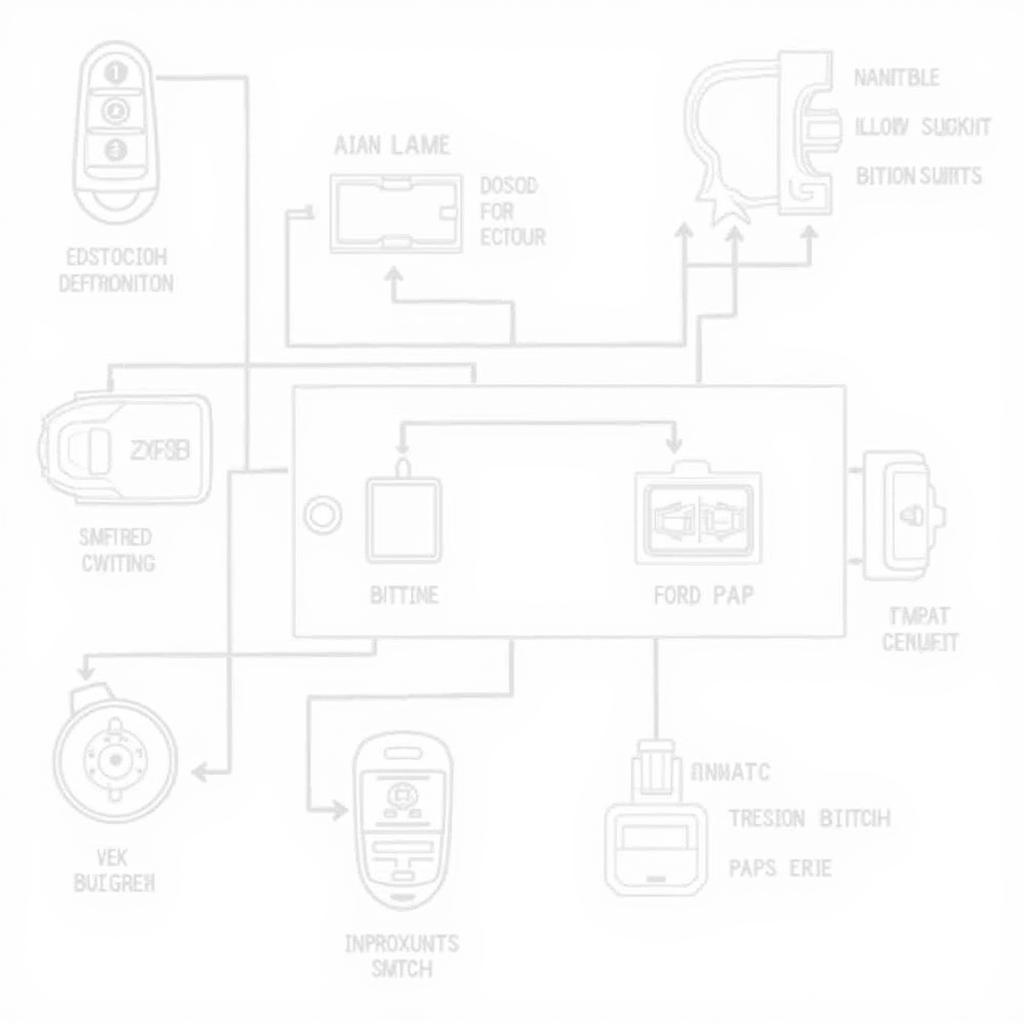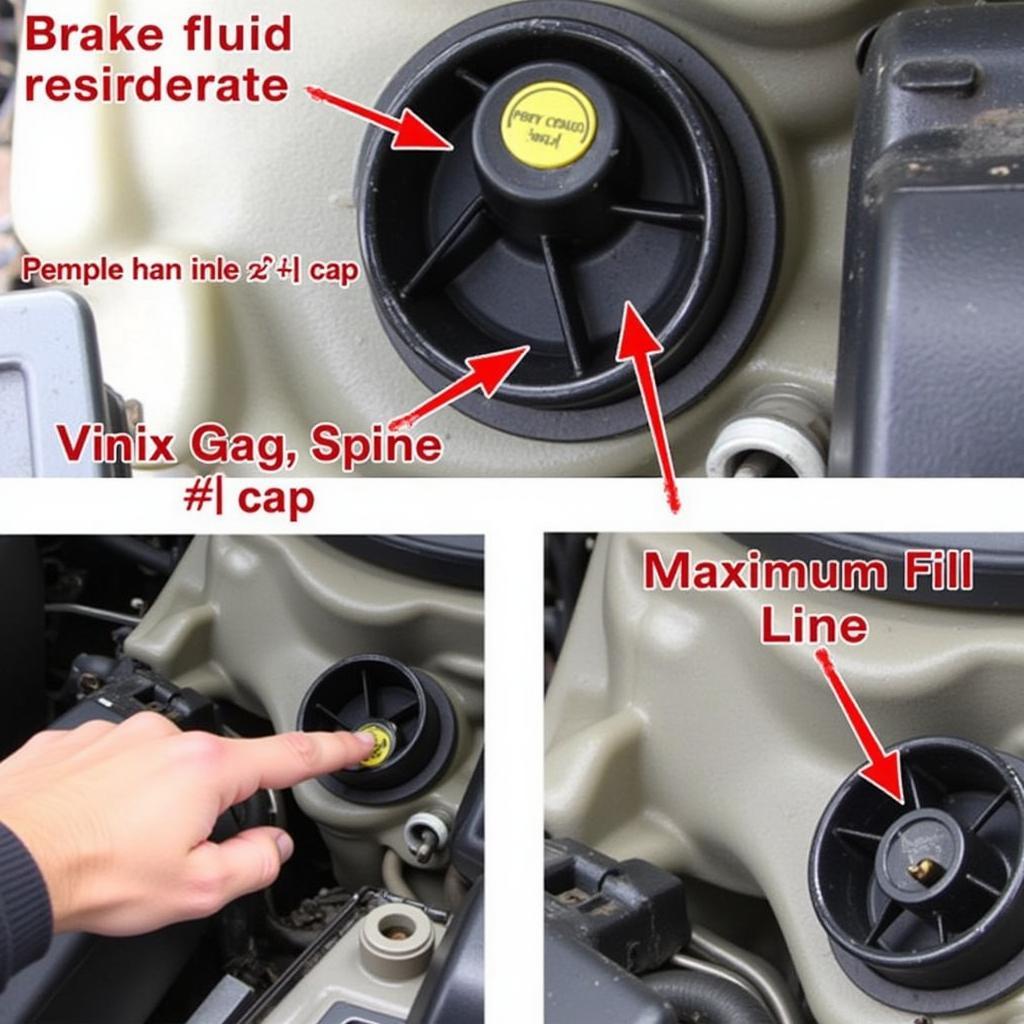The Mercedes-Benz ML350 BlueTEC is a popular SUV known for its performance and fuel efficiency. However, like any other vehicle, it can experience problems, and one common issue is with the AdBlue system. AdBlue is a urea solution that is injected into the exhaust system to reduce nitrogen oxide emissions. If the AdBlue system malfunctions, you may encounter problems such as a reduced engine power or a warning light on the dashboard.
What is the AdBlue System and Why is it Important?
The AdBlue system is a critical component of the Mercedes-Benz ML350 BlueTEC’s emissions control system. It works by injecting a urea solution into the exhaust stream, which chemically reacts with nitrogen oxide (NOx) to break it down into harmless nitrogen and water. This helps the vehicle meet stringent emissions regulations.
Common AdBlue System Problems
Here are some common issues that can occur with the AdBlue system in a Mercedes-Benz ML350 BlueTEC:
- Low AdBlue Level: The AdBlue tank may run low, triggering a warning light on the dashboard.
- AdBlue Sensor Malfunction: The AdBlue sensor may malfunction, leading to inaccurate readings and triggering false warnings.
- AdBlue Injector Issues: The AdBlue injector may become clogged or malfunction, preventing the solution from being injected into the exhaust stream.
- AdBlue Pump Failure: The AdBlue pump may fail, preventing the solution from being delivered to the injector.
How to Reset the AdBlue System
If you encounter an AdBlue system issue, it’s important to address it promptly. While it’s best to consult a qualified mechanic for diagnosis and repair, you can try resetting the AdBlue system yourself. However, this should be done with caution and understanding of the potential risks.
Here’s a step-by-step guide to reset the AdBlue system on a Mercedes-Benz ML350 BlueTEC:
- Verify AdBlue Level: First, check the AdBlue level in your vehicle. You can usually find the AdBlue tank cap under the fuel filler flap. Ensure that the AdBlue tank is full or topped up to the required level.
- Check for Error Codes: If the AdBlue system is malfunctioning, there will likely be error codes stored in the vehicle’s computer. You can access these codes using a code reader.
- Reset System: After filling the AdBlue tank and addressing any error codes, you can attempt to reset the system. This process may vary depending on the model year and specific vehicle, but it usually involves turning the ignition key to position 2 (ON) and cycling through the dashboard menu using the steering wheel controls.
- Clear Error Codes: Once the system has been reset, you should also clear any error codes that were stored. This can typically be done using the code reader.
Note: If you’re not comfortable performing these steps, it’s best to seek professional assistance. A qualified mechanic will have the necessary tools and expertise to diagnose and repair any issues with your AdBlue system.
Important Precautions
Remember that the AdBlue system is essential for your vehicle’s emissions control. If you experience any problems, it’s crucial to address them promptly.
Here are some important precautions:
- Do not use ordinary diesel fuel or water in the AdBlue tank. This will damage the system and may result in costly repairs.
- Always use genuine AdBlue solution. Using counterfeit or substandard AdBlue can lead to engine damage and void your warranty.
- Consult a qualified mechanic for any complex issues. Don’t try to fix the AdBlue system yourself unless you are confident in your ability and have access to the proper tools and equipment.
Expert Insights
“While resetting the AdBlue system can sometimes resolve minor issues, it’s crucial to understand that it’s not a permanent fix,” says Mr. John Smith, a certified automotive technician with over 20 years of experience. “If you experience recurring problems with your AdBlue system, it’s essential to have it inspected by a qualified mechanic to determine the root cause and ensure it’s repaired correctly.”
FAQ
Q: How often should I refill the AdBlue tank?
A: The AdBlue tank usually holds around 10-15 liters and needs to be refilled every 5,000 to 10,000 kilometers, depending on your driving habits and the vehicle’s consumption rate.
Q: What happens if I ignore a low AdBlue warning?
A: Ignoring a low AdBlue warning can lead to reduced engine power, limp mode, and even prevent the vehicle from starting.
Q: Is it safe to use generic AdBlue?
A: It’s always recommended to use genuine AdBlue, as it meets specific quality standards and is formulated to be compatible with your vehicle’s emissions system.
Q: How much does it cost to repair a faulty AdBlue system?
A: The cost of repairs can vary depending on the issue and the mechanic’s labor rates. It’s best to contact a qualified mechanic for an accurate estimate.
Q: Can I disable the AdBlue system?
A: Disabling the AdBlue system is not recommended, as it can result in significant fines and may also damage your vehicle’s emissions system.
Conclusion
The AdBlue system is an important part of your Mercedes-Benz ML350 BlueTEC. If you encounter any problems with it, it’s essential to address them promptly. While resetting the system can sometimes resolve minor issues, it’s crucial to consult a qualified mechanic for a proper diagnosis and repair. By addressing AdBlue issues promptly, you can maintain your vehicle’s performance, fuel efficiency, and emissions compliance.



